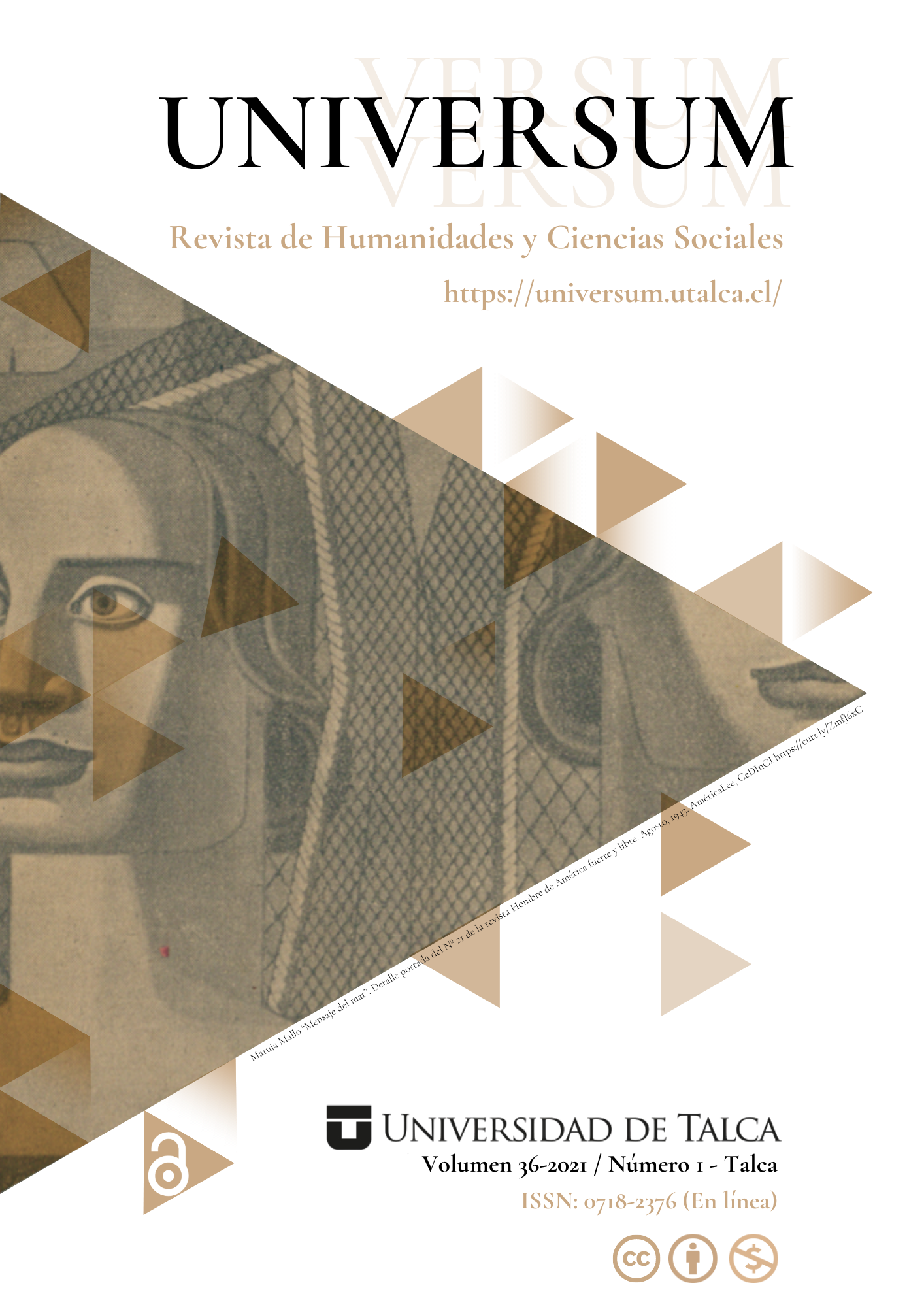Abstract
The center of this work refers to the fictionalization strategies that organize the narrated world in Emiliano Monge's Las tierras arrasadas (The destroyed lands) (2015), in whose narrative flow, transtextuality, the story of a gang that traffics migrants, the testimonial discourse of those who survived a massacre, plus the insertion of fragments from Dante's "Hell". In this context, the problem that is addressed in this fictional space is the substratum of the novel orders, in which, although it concerns emigration, the fictional intrigue consists in the confrontation to death of gangs of human traffickers. Within this framework, the premise is maintained that a devastated social order that has naturalized violence is being questioned in Las tierras arrasadas. It is concluded then that, from the transtextuality, a story is elaborated that goes beyond the novel and compromises the outside of the literary word, with which Monge is assigned to a group of writers who propose new forms of writing in Latin America of the 21st century.
References
Corpus
Monge, Emiliano (2015). Las tierras arrasadas. Barcelona: Random House.
Estudios críticos y teóricos
Alvarado Ruiz (2015). “Escribir América en el siglo XXI: el Crack y McOndo, una generación continental”. Revista Iberoamericana XVI, N° 63.
Avelar, Idelber (2011). Alegorías de la derrota: La ficción postdictatorial y el trabajo del duelo. Santiago: Cuarto Propio.
Barthes, Roland (2001). “El efecto de realidad”, en El susurro del lenguaje. Buenos Aires: Paidós.
Benjamin, Walter (2010). El narrador. Santiago: Metales pesados.
Doležel, Lubomir. (1998). Heteroscópica. Ficción y mundos posibles. Barcelona: Arcos libros.
Espezúa Salmón, Dorian (2006). “Ficcionalidad, mundos posibles y campos de referencia”. Revista Dialogía, Vol. 1.
Fernández-Lamarque, María (2016). Espacios posmodernos en la literatura latinoamericana contemporánea: distopías y heterotopías. Buenos Aires: Argus-a.
Foucault Michael (2014). El pensamiento del afuera (2014). Valencia: Pre-textos.
Genette, Gerard (1985). Palimpsestos. La literatura en segundo grado. Madrid: Taurus.
Iser, Wolfang (1989). “La realidad de la ficción”, en Estética de la recepción. Madrid: Visor.
Guillermoprieto, Alma (2011). 72 migrantes. México: Almadía.
Han, Byung Chul (2018). El aroma del tiempo. Barcelona: Herder.
Jablonka, Iván (2016). La historia es una literatura contemporánea. México: FCE.
Moraña, Mabel (2006). “Violencia en el deshielo: imaginarios latinoamericanos post-nacionales después de la Guerra Fría”. Toulouse. Caravelle N° 86 CMHLB.
Peña Iguarán Alina (2018). “Vidas residuales: el arte en los tiempos de guerra. Las tierras arrasadas (2015) de Emiliano Monge”. Revista de pensamiento, crítica y estudios literarios latinoamericanos. Vol. 17.
Piglia, Ricardo (2001). Crítica y ficción. Barcelona: Anagrama.
Raphael, Pablo (2011). La fábrica del lenguaje, S.A. Barcelona: Anagrama.
Robert, Marthe (1973). Novela de los orígenes y orígenes de la novela. Madrid: Taurus.
Soto, Simón (2016). “El terror se está llenando de preguntas”. Presentación a Las tierras arrasadas. Udp, Dossier N° 34.
Todorov, Tzvetan (1992). Simbolismo e interpretación. Caracas:

This work is licensed under a Creative Commons Attribution-NonCommercial 4.0 International License.


